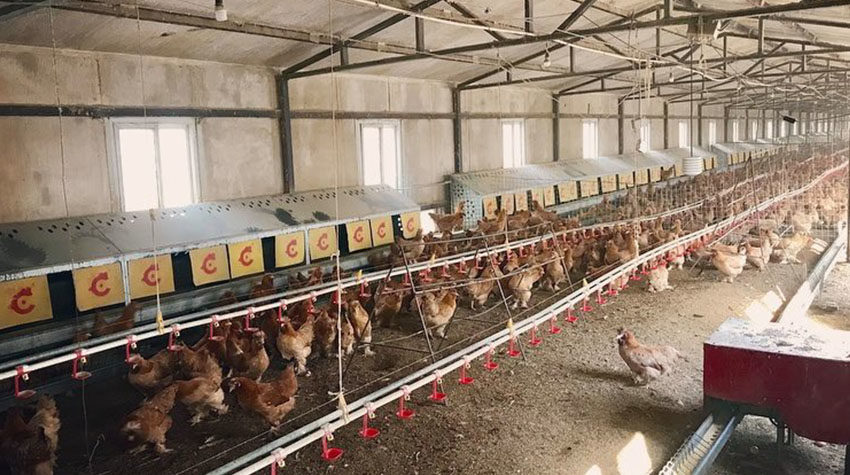
December 05, 2022Animal Law & Policy Program, Research PaperCage egg producers’ perspectives on the adoption of cage-free systems in China, Japan, Indonesia, Malaysia, Philippines, and Thailand
A new international study led by Visiting Fellow Dr Michelle Sinclair and former fellow Jayasimha Nuggehalli worked with 224 egg producers in the region to investigate the feasibility of transitioning to cage-free. The results: doable.
Asia is responsible for ~60% of global egg production. As in most of the world, nearly all of the egg-laying hens are housed in cages. While there is growing demand for cage-free eggs in many regions of the world, challenges have been reported when transitioning to these systems, which may affect the willingness of producers to transition. The aim of this research was to investigate the views of Asian egg producers on the feasibility of cage-free systems and what they perceive to be the main challenges and proposed solutions in adopting cage-free systems. A total of 224 egg producers (165 cage egg producers) completed questionnaires containing a mix of free-form, Likert scale and demographic items. Data were analyzed using thematic qualitative analysis and descriptive quantitative statistics. Responses indicated that cages are primarily used for their efficiency and ease of management. The most common reasons to consider adopting cage-free systems included improved animal welfare, increased market access, and increased product quality. A majority of producers (65%) responded “yes” or “maybe” when asked if they consider cage-free systems to be feasible in their country. Perceived challenges in adopting cage-free systems included reduced profitability, higher costs, and biosecurity and disease. Potential solutions included the development of the cage-free industry and market development. Most producers (72%) said more support is needed to establish cage-free farms, mostly pertaining to technical advice, training and resources. The findings of this study provide an enhanced understanding of the egg industry in these countries and potential areas for producer support in transitioning to cage-free systems.
Read the full research paper in Frontiers in Veterinary Science.
